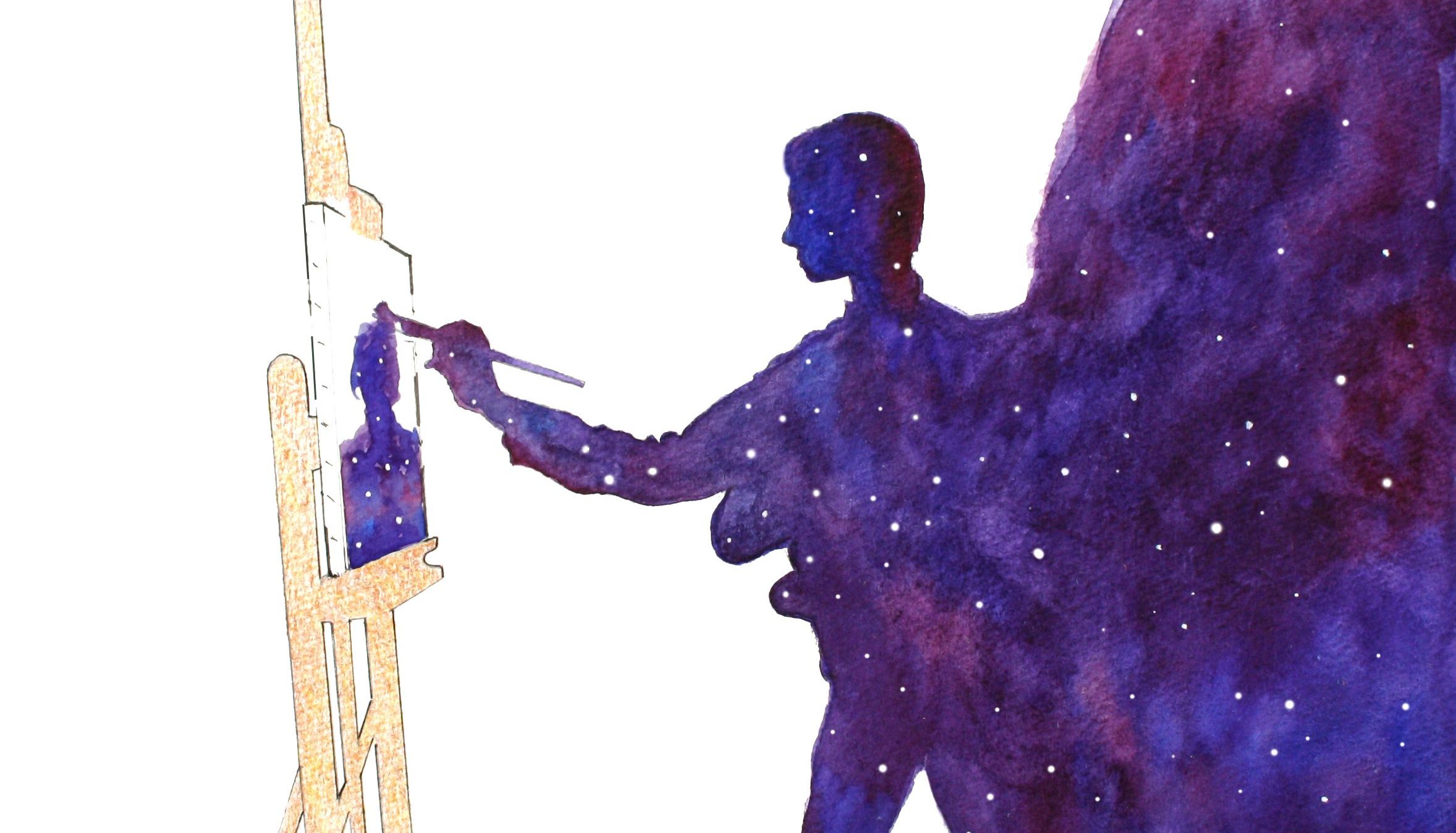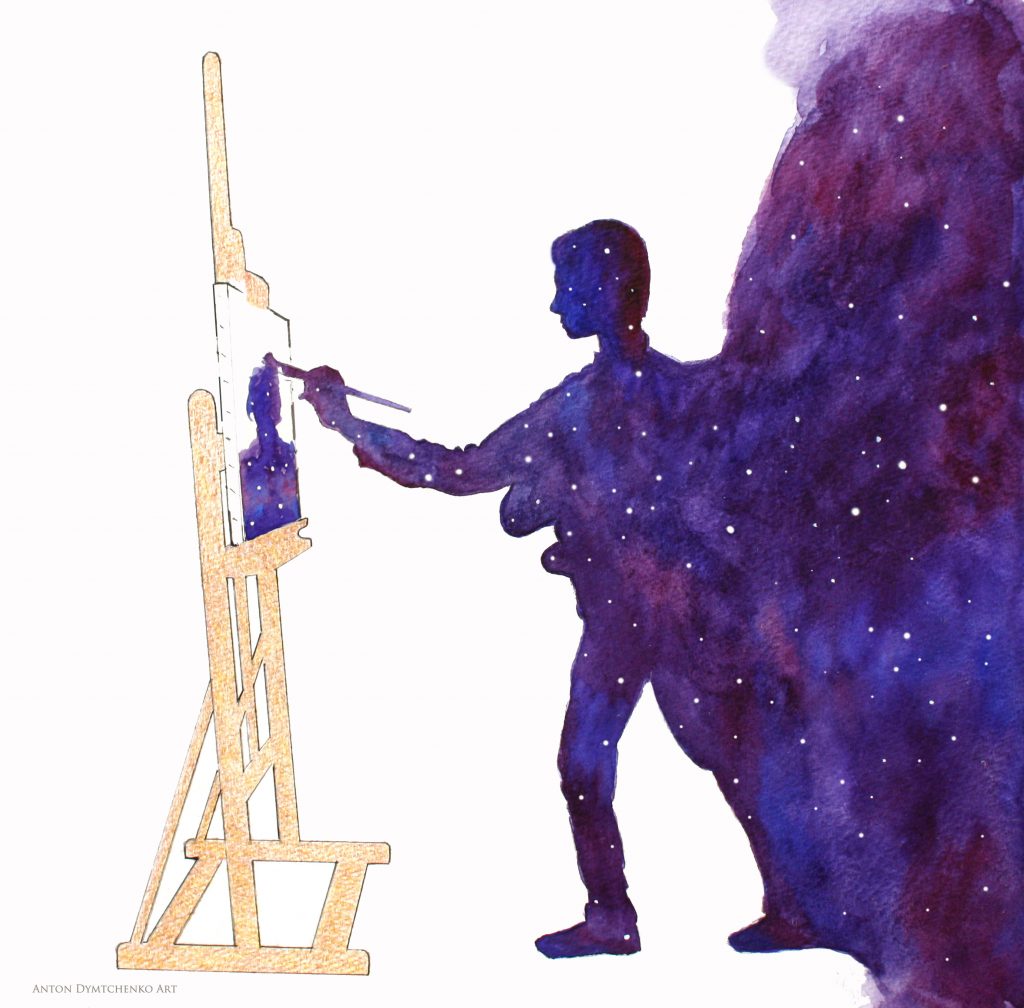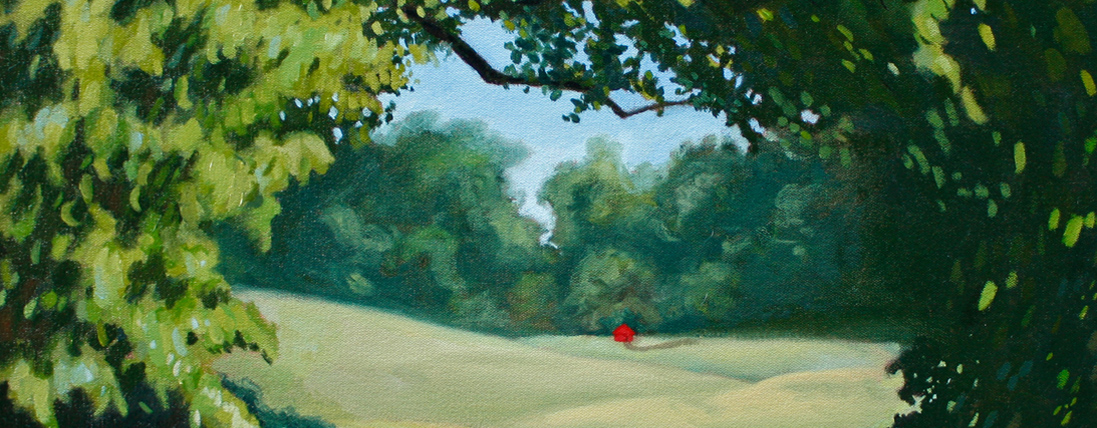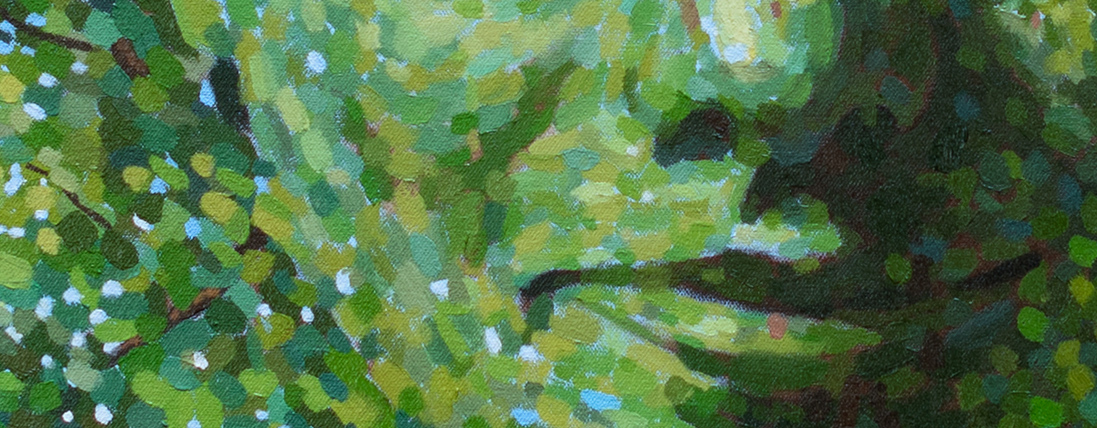
Or how to actually be in “the present moment”

If there is one thing we are all looking for, it is to be in an optimal state of mind for the longest time possible.
Nowadays, that desire is expressed in one of the most overused sentences ever: “Be in the present moment”. It sounds like another corporate slogan; like something written on a poster for desperate cubicle workers; like the caption to a picture of an Instagram model drinking piña colada on the beach.
Never has a sentence been so cliché and so true at the same time. The reason for its misuse is the ignorance of its actual meaning. Most people talking about being in the present moment are just seeking social validation for their simplistic wisdom. They are looking for attention. They are running after a reason to be in the present.
In a way, the sentence is meaningless without explanation: everyone is in the present moment by default. We cannot time travel!
Here is what “being in the present moment” actually means: letting go of any interference between experience and consciousness.
Consciousness is the only thing you can be 100% sure you have. Everything else could be an illusion, a dream or a simulation. Consciousness is the blank canvas of your mind on which all happens.
Experience is the appearance of content in consciousness. It’s the colors drifting on the canvas. The song of a bird, the breeze on your face, the view of a mountain are all part of experience.
The mind anchors itself in the present moment when consciousness and experience become one. Psychologist Mihaly Csikszentmihalyi coined the term “Flow” to describe this state of the brain.
“Flow is being completely involved in an activity for its own sake. The ego falls away. Time flies. Every action, movement, and thought follows inevitably from the previous one, like playing jazz. ” M. Csikszentmihalyi
Athletes, artists, musicians, surgeons and scientists describe “flow” with such remarks: “things were happening ‘by themselves’”; “my hand was moved by something higher” and “my mind and body were in ‘The Zone’”. We all have such experiences although they often happen by accident. We drift into them as seamlessly as drifting into sleep and we wake up from them unexpectedly.
But what prevents us from being in flow most of the time?
One word : Ego.
The Ego puts a layer of interpretation on experience as it reaches consciousness. This flawed interpretation is often based on prejudice, self-concern, misunderstanding, trauma, and fear. The Ego loves to categorize. It decides whether something is useful or not; whether something is dangerous or not; whether someone likes you or not; and even whether you are likable or not.
The Ego is the stream of thoughts that you think you are thinking. You’re not. They are appearing in your mind whether you like it or not. (If you don’t believe me, try not thinking for 60 seconds straight.)
Imagine if someone else were telling you their interpretation of the world without letting you see the world as it is. That person lives in your head.
Not only that, the Ego thinks it’s in control; that it has free will. It imagines itself to be in the driver’s seat with full control on life. Ironically, all the thoughts about “being in control” pop-up automatically in consciousness. They are yet another flawed interpretation of the world.
Think about it. The thoughts you witness about having “free will” materialize in your mind on their own accord, without any decision on your part. Notice the thought appearing in your mind as you are reading this sentence. Did you choose to think it? Or did it just appear? Why did you choose to think this one and not the other one? You don’t know? Neither do I.
Ego is the main obstacle between the mind and the state of flow. It keeps experience and consciousness from uniting. It keeps you lost in the past and the future. In other words: lost in regrets and anxieties.
So how does one turn Ego down?
- Concentrate deeply
Ego might dissolve quickly if you are rock climbing or playing guitar. But what you concentrate on actually doesn’t matter.
When is the last time you looked at a tree for 10 minutes? Jeez, when is the last time you looked at a tree for even 10 seconds? Leave your cellphone home, go outside, sit down and look at a tree for 10 minutes. Notice the texture of the bark, the multitude of branches, the creatures living there, the asymmetry of the foliage, the color of the leaves (are they greenish-yellow or blueish-green?).
Realize this kind of attention can be laser-pointed at anything in your experience. Anything.
Next time you take out the garbage, really look at the folds on the black plastic bag, see how uneven they are and how they reflect highlights of different sizes. It’s a dance of light you might have never noticed! - Look for it within yourself
Close your eyes and try to find the thinker of your thoughts. Spoiler alert: there isn’t one. As soon as you look for it, the Ego disappears.
Realize thoughts are just appearing in your mind out of the dark. Don’t take them seriously. - Vipassana Meditation
Even though the previous activities can be classified as meditations as well, try one of the most ancient techniques : focus on your breath. Try counting ten breaths as many times as you can without your attention being kidnapped by thoughts. Once you realize you can achieve flow by breathing, you will be able to achieve it in anything.
In short, you become free to engage in flow as your sense of free will (Ego) drifts away. You become matter obeying the laws of physics. You become so much more than the “you” you think about.
You become the present moment.
Further reading: Flow: The Psychology of Optimal Experience



